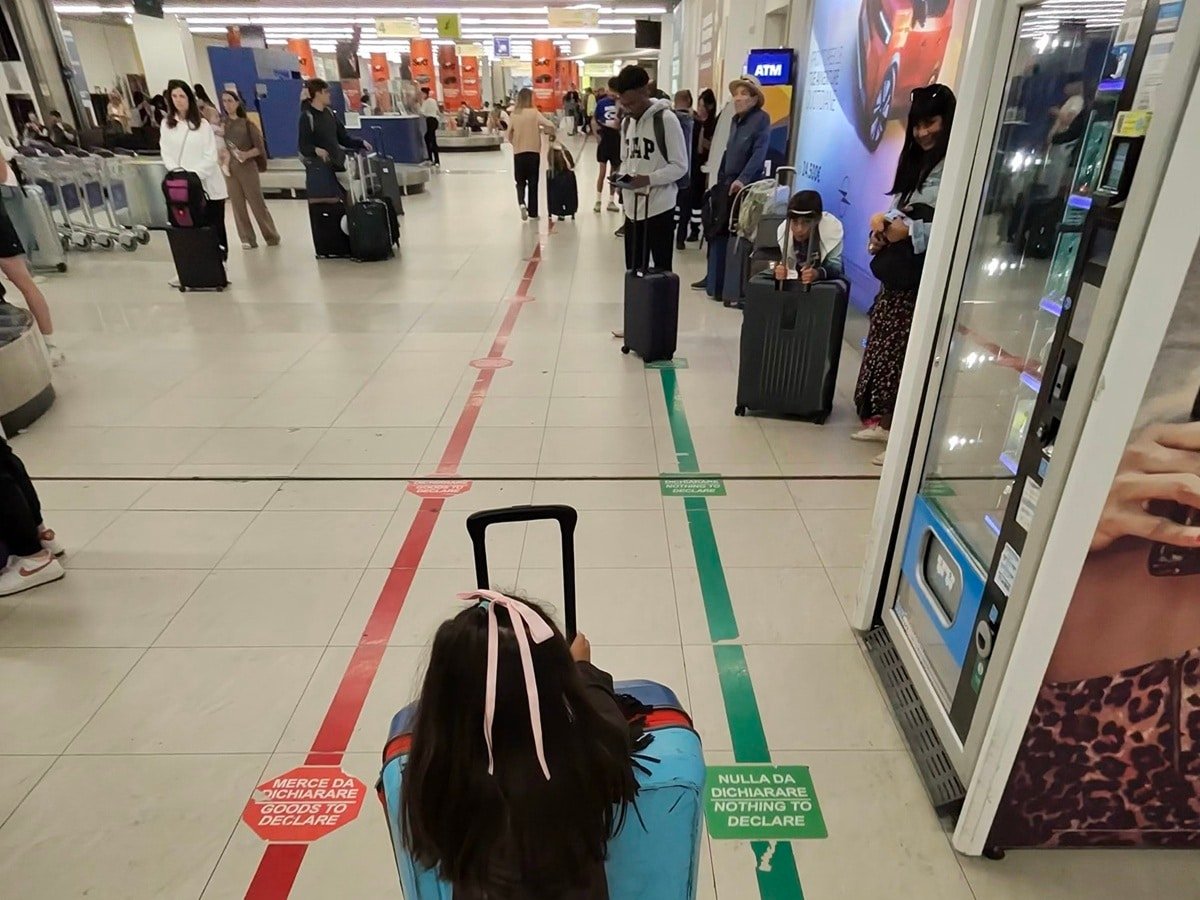Starting tomorrow (Sunday, October 12), travelers heading to Europe’s Schengen Zone will notice a few new steps when crossing the border. The European Union is rolling out the Entry/Exit System (EES), a digital program designed to replace the traditional passport stamp with an electronic record.

According to a BBC report by Ash Bhardwaj on Morning Live, the change applies to 29 Schengen countries including France, Spain, Italy, Germany and Greece but not to Ireland. The goal is to modernize border checks, improve security and track how long visitors stay.
So what does this mean for travelers? The first time you arrive in a Schengen country, you’ll register at a kiosk that scans your passport, takes a photo and records your fingerprints. You’ll also answer a few short questions about your trip such as where you’ll be staying and whether you have a return flight. Once that’s done, your data will be stored for three years, making future trips quicker with just a face scan.
While the technology is meant to streamline travel, experts warn there could be growing pains. “As with all new systems, there are going to be glitches and an adjustment period,” the BBC noted. The UK government has advised travelers to allow extra time at borders, particularly during the initial rollout.
A piece in Travel Industry Today calls the new rules “acronym hell” but reassures readers not to panic. The publication emphasizes that the EES should not be confused with the upcoming ETIAS, the European Travel Information and Authorization System, which is expected to launch next year and will likely include a small fee. For now the EES simply replaces the old manual passport stamping with a digital process that logs entries and exits.
The system will be introduced gradually across airports, Eurostar, Eurotunnel and ferry ports with full implementation planned by April 2026. During this phase-in period, border officers may continue stamping passports while also collecting biometric data.
While longer queues are expected in the early months, the European Border Agency is developing a mobile app that could let travelers complete parts of the process before arrival, potentially speeding things up.
It’s worth noting that there’s no new rule requiring travel insurance though some countries like France may ask for proof of medical coverage on arrival. As the BBC points out, even if it’s not mandatory, travel insurance is still your best safety net for emergencies abroad.
In short, the EES marks a shift toward a fully digital border that promises to make travel within Europe more efficient once the kinks are ironed out. For now the best advice is simple: check your passport, arrive early and pack a little patience.



